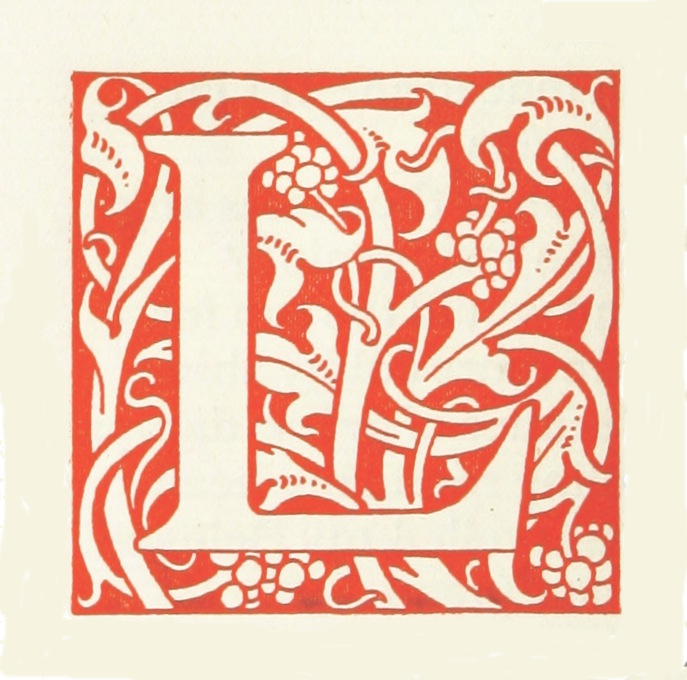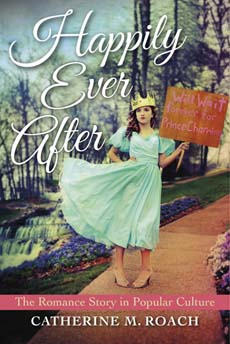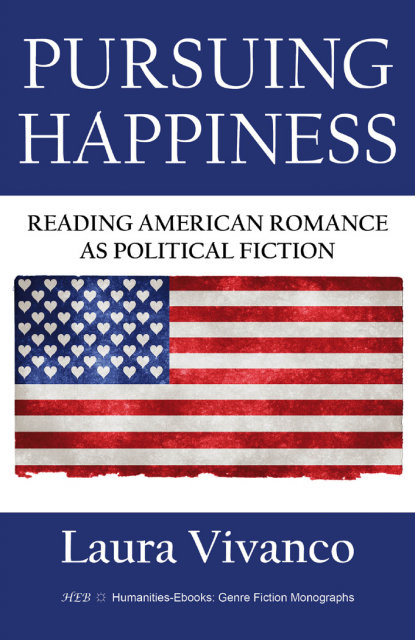Part II - Representations of Romantic Relationships and the Romance Genre in Contemporary Women's Writing (Sheffield, 11 June 2016)

Continued from Part I. In this post I'm summarising the following 3 papers:
Dr. Amy Burge, University of Edinburgh - Beyond the Alpha: Sex, Masculinity and the Exotic in twenty-first century Harlequin Mills & Boon romance.
Amy's the Book Review editor of the Journal of Popular Romance Studies and her Representing Difference in the Medieval and Modern Orientalist Romance was recently published by Palgrave Macmillan.
A few days before the conference Amy gave a few teasers for her paper on Twitter:
When the @natlibscot lets you have a whole trolley full of @MillsandBoon novels to consult #research #amwriting pic.twitter.com/axH9p6mQc3
— Amy Burge (@dramyburge) 17 May 2016
Today mainly involves a huge spreadsheet in which I've tried to turn words into numbers and hopefully answers #Quantitative #Literature
— Amy Burge (@dramyburge) 30 May 2016
As these suggest, Amy's been doing quantitative research on a huge corpus of romances. I'm not sure quite how many romances it was, but it looked to be in the hundreds, at least, given that Amy was looking at 10 or more years' worth of novels in a line which publishes around 8 books every month. In the course of the research for her recent book Amy collected a lot of data on the Harlequin Presents/Mills & Boon Modern/Sexy line's heroes. In this paper she revealed some of the findings which didn't make it into her book.
This "line" of romances promises readers "glamorous international settings" and Mills & Boon say that "Our heroes are 100% alpha but that doesn't mean they're perfect. Sheikh, Greek, Russian, Italian, English, American...wherever he's from, it's certain that he turns the heads of every woman he passes!"
Clearly the line provides a rich source of primary material relating to masculinity, race and ethnicity because the heroes embody hegemonic masculinity i.e. the current most honoured way of being a man. This masculinity is both performative (it is shown in what the heroes do) and normative (in that it sets a standard by which other men can be judged). Hegemonic masculinity is an idealised version of masculinity and it's hierarchical because it marginalises some masculinities while elevating others.
In this context, it's interesting to note that although, as Edward Said observed, Western orientalism associated oriental masculinity with feminine penetrability, the Harlequin Mills & Boon sheikh exhibits hegemonic masculinity.
Given that the majority of the authors in this line are from the UK, North America or Australasia and the line promises exotic, international settings, it's perhaps not surprising that 61% of the heroes in the corpus are not from those countries.
Italian heroes appear to the most popular, followed by Greeks, sheikhs, Spanish, Latin American, Mediterranean (either unspecified or invented countries) and Russians. The popularity of certain nationalities has fluctuated, however. For example, in more recent years Spaniards have declined in popularity while Latin Americans have increased in number. Russian heroes emerged in 2008. There were, however, no African or East Asian heroes at all.
The titles of these novels also reveal interesting trends. They usually reflect aspects of the hero's cultural identity (mainly his nationality) and profession (if you can call being a prince of a billionaire a "profession"). Interestingly, while it is common for it to be signalled in the title when a hero is a sheikh, this is not so likely to happen for Russians. Russians (and Latin Americans) are more likely to be described as ruthless, dark or devilish in the titles while the words "Greek" and "tycoon" are often found together.
Within the covers of the novels sheikhs are often described using metaphors and similies relating to the desert and dangerous desert creatures such as birds of prey and big cats. Harems are often mentioned in order to establish the hero's cultural tradition of masculine sexual dominance. In a nod to the feminine connotations of the orient, the authors may mention the hero's "robes" but immediately assert that they increase, or at least do nothing to minimise, his powerful masculinity.
The number of heroes from India is very small (only 3 novels) so it is more difficult to generalise about them. Susanna Carr's Secrets of a Bollywood Marriage (2014) and one of the other novels were both described by readers as having less alpha/dominant heroes than usual in this line.
We speculated about reasons for the trends in particular nationalities' popularity, including 9/11 and economic crises. This led well into the topic of the next paper.
Val Derbyshire, University of Sheffield - "In these modern times": Reading Harlequin Mills & Boon Romantic Novels as Signs of the Times
Even though her "doctoral research concerns a highly respected eighteenth-century poet and novelist, Charlotte Turner Smith (1749-1806)" Val has argued at a "conference, hosted by the University of Cambridge ‘CRASSH’ (Centre for Research in the Arts, Social Sciences and Humanities) [...] entitled Art/Money/Crisis" that romance author Penny "Jordan’s novels illustrate her understanding of the sense of powerlessness losing financial independence has and how it affects her characters/ordinary people in society" (see the blog post here).
Today Val looked at a range of novels by Penny Jordan and then at Roberta Leigh's Man Without a Heart. demonstrating that Mills & Boon romances could be used by researchers as social barometers which offer information about the times in which they were written and reflect the concerns of ordinary women, offering insight into fashion, fears of financial crises, terrorism, and industrial relations. Man Without a Heart, for example, features a secondary character (the heroine's uncle) who is a trade unionist and the novel highlights the divide between London's social elites and the working classes.
More about Val's history of romance reading, and details of Penny Jordan's role as social barometer can be found here.
Although it's still relatively unusual for romances to be read and used in this way, Val and a handful of other researchers have demonstrated that romances can be fruitful primary sources for historians and others investigating social history. I've summarised Professor Tom Baum's romance-based research into representations of the airline industry here and Joseph McAleer has argued that "the new 'Doctor-Nurse' novels first published by Mills & Boon in the 1950s [...] reinforced a positive view of the NHS among middle- and working-class readers".
Alicia Williams, Independent Researcher - Busting the Mills & Boon Myth: Category Romance as an Instrument for Change
Ali describes herself as a "Freelance editor, journalist and academic. Specialisms include #IntersectionalRomances, #StrongRomanceHeroines and #AdaptationandAppropriation". She's an editor of the Pink Heart Society blog, where Harlequin Mills & Boon authors from a wide range of lines post about their books, inspirations and work-lives. That puts her in contact with a lot of authors and when she asked some of them what they thought about social issues in romance almost all of them said that romance could deal with them and one even stated that it was irresponsible for authors not to address them.
Perhaps as a result, Ali works on the assumption that "the death of the author" has been much exaggerated and in her research into the social issues addressed in Harlequin Mills & Boon romances she's very interested in authorial intent, as often revealed in "Dear Reader" letters which appear before the title page. She believes it's a powerful experience for readers to be addressed directly by authors, as Tara Tylor Quinn does in Husband by Choice and Once a Family.
Romance authors approach social issues with the guarantee of a happy ending providing a safety net which reassures readers that the issues can be dealt with and the obstacles to happiness overcome. Tara Taylor Quinn, who has herself experienced domestic violence, does so in her Where Secrets are Safe series, set in a woman's shelter called The Lemonade Stand. In one novel it is revealed that the hero has been a victim of domestic abuse at the hands of his now ex-wife. In another an abused secondary character is helped by the protagonists.
Ali has now begun The CatRom Project as an online "exploration of the way in which category romances address and engage with social issues." [Edited to add: Ali's now put the whole of her paper online at the CatRom Project.]

 I've been reading Catherine Roach's
I've been reading Catherine Roach's  Roach distinguishes between what happens in healthy relationships and what happens when
Roach distinguishes between what happens in healthy relationships and what happens when My latest book, Pursuing Happiness: Reading the American Romance as Political Fiction, is now available in paperback, Kindle and pdf formats.
My latest book, Pursuing Happiness: Reading the American Romance as Political Fiction, is now available in paperback, Kindle and pdf formats. My book on
My book on  Niccolini's essay "draw[s] on data from two focus groups with U.S. high school students aged 14-18 who identify as African American, Black, Afro-Caribbean, and Latina to argue that erotica [...] teaches" (225). She "hone[s] in on the work of Zane and her self-termed erotica noir in relation to this pedagogy as her books were the most widely circulated and intensely beloved by the students I taught" (226).
Niccolini's essay "draw[s] on data from two focus groups with U.S. high school students aged 14-18 who identify as African American, Black, Afro-Caribbean, and Latina to argue that erotica [...] teaches" (225). She "hone[s] in on the work of Zane and her self-termed erotica noir in relation to this pedagogy as her books were the most widely circulated and intensely beloved by the students I taught" (226).